Written by Brent Huntley in ATVs
My wife would claim I am the most forgetful person there is, and this has included the unfortunate forgetting of ATV ramps. While it can be a bit panic-inducing to realize you have made it somewhere and don’t have ramps to unload and reload your ATV into your truck, it really isn’t a big deal in most situations. I had someone teach me an easy way to load an ATV and thought it was worth passing on, along with another easy way I have used when available that is easier than ramps.
How do you load an ATV without ramps? If you have an elevated surface you can just back the truck into it and drive the ATV in. If you do not have such a surface, you can pop up the front of the ATV and roll the front wheels onto the tailgate before lifting the back end.
These methods sound pretty easy, and they are, but you are dealing with a heavy piece of equipment and there are some things that go wrong. We want to make sure you get your ATV to the trail for an awesome day of riding with no damage to your truck, your ATV or your body, so we detail out the processes step-by-step below. You may also want to check out our guide for nearly every truck bed to see how well your ATV will fit.
Lifting the ATV End by End
This method requires you to do a fair amount of heavy lifting. How heavy depends on the weight of your ATV. If you are getting up around 500cc or higher with a utility ATV like the Polaris Sportsman (pretty consistently the heaviest model in its cc class I could find). If you have a lighter sports model, even something like a 700cc Yamaha Raptor, and this should work great for you. Even a 300-400 pound quad may sound heavy, but it isn’t bad since you only lift one side at a time.
To lift your quad into a truck bed, just follow these detailed steps exactly to keep your ATV, truck and body safe.

 Make sure you lift with your legs and keep your back straight.
Make sure you lift with your legs and keep your back straight.That may have seemed like a lot of steps, but it shouldn’t take you more than a few minutes to easily get your ATV in your truck bed, if it isn’t too heavy, without the use of any ramps.
This may not be an option for everyone, but it makes it really simple to load an ATV into a truck bed if you have some kind of elevated surface to back your truck into. This could be a hill, a slanted driveway, a loading dock or many other things.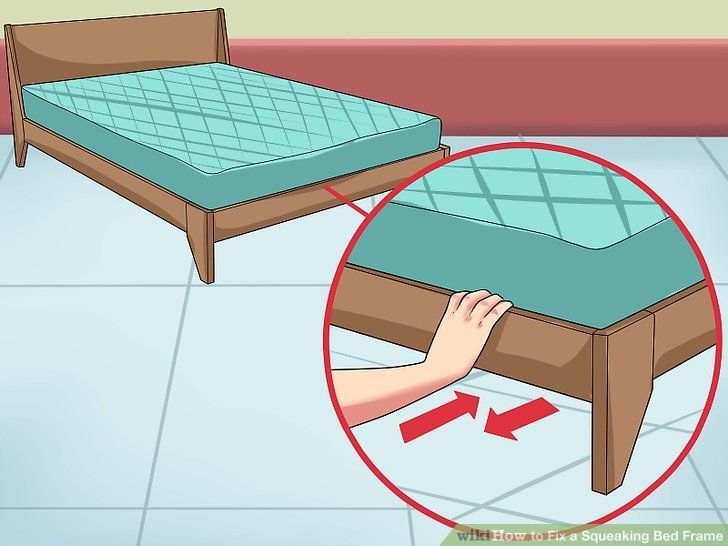 My house as a kid had a nice irrigation ditch in the front that worked well as we could drive an ATV from the yard right into the bed of a truck that had been backed into the ditch. To use this method, just follow these easy steps.
My house as a kid had a nice irrigation ditch in the front that worked well as we could drive an ATV from the yard right into the bed of a truck that had been backed into the ditch. To use this method, just follow these easy steps.
Something to keep in mind, if you have an elevated surface that doesn’t reach high enough for you to drive the ATV into the truck bed, is that you can use the method above to lift your ATV into the truck bed from an elevated position and it will make it a whole lot easier on your knees, arms and back.
How to Unload without RampsUnloading an ATV without a ramp is a little scary the first time you try it, but it is really easy and fast. Once again, the lighter your ATV, the easier this is going to be. Just pull it from the back grab bar. Pull it straight back, holding up the back end until the front tires reach the end of the truck bed. Then give it a little jerk so the front end clears the tailgate. Prepare yourself for a little bounce backward when the tires hit the ground.
Once again, the lighter your ATV, the easier this is going to be. Just pull it from the back grab bar. Pull it straight back, holding up the back end until the front tires reach the end of the truck bed. Then give it a little jerk so the front end clears the tailgate. Prepare yourself for a little bounce backward when the tires hit the ground.
Yes, you still should have ramps and use them whenever possible. Ramps are going to be the safest and easiest way to load an unload an ATV, and should be useable in any conditions.
Picking the right ATV ramps is not an easy task as it is going to depend a bit on your personal preferences and your hauling vehicle. Some people swear by a single piece ramp (as opposed to two tracks). These tend to be a bit safer and easier to use and are great for beginners. I personally don’t love them because they tend to be a little steeper and bulkier. Here is an example of a great tri-fold single piece ramp as an example.
I personally prefer the ramps in our recommended gear because they are a bit cheaper, very sturdy and have arches so it easy to drive the ATV into the truck bed without accidently gassing it into the rear window of the truck.
Some considerations to keep in mind as you are buying and using ramps are below.

That’s it. There really isn’t much to loading an ATV, but it probably leads to nearly as many accidents as actually riding. Get some ramps and follow these tips, but don’t despair if you don’t have ramps. You can easily load the ATV even without ramps. Just make sure to do so safely.
My New Favorite Accessory for Winter Riding
Over the past several months, as the weather has gotten cooler, I have been testing out the Venustas Heated Vest for my cold-weather photography. I wrote all about it over at Photography &...
I wrote all about it over at Photography &...
Continue Reading
link to How To Use An ATV SpreaderHow To Use An ATV Spreader
One of the greatest things about summer is yard work. As the heat and humidity rise, so do the plants and flowers. The advent of technology has made seeding and fertilizing, a job that used to...
Continue Reading
Before you can spend an afternoon ripping through the trails or zipping around your compound, you need a way to transport your ATV. For most four-wheeler enthusiasts, it’s a quick trip from the ground into the bed of their pickup. The question is, are you practicing safe loading? Propping up a makeshift plywood ramp isn’t the answer; neither is popping a wheelie and goosing it into the truck bed. Bad idea.
It’s extremely important you make safety a priority when loading your ATV into a pickup (and unloading it later). Following the proper safety steps will ensure you avoid damaging both your truck and your ATV—not to mention keeping you safe. Pull up a couple of ATV loading fail videos on YouTube to see exactly what can happen when safety is an afterthought.
Following the proper safety steps will ensure you avoid damaging both your truck and your ATV—not to mention keeping you safe. Pull up a couple of ATV loading fail videos on YouTube to see exactly what can happen when safety is an afterthought.
The most important piece of equipment you’ll need for safe loading and unloading is an ATV ramp. You’ll find many different kinds of ramps on the market—whatever you use should be sturdy, capable of withstanding the weight of your four-wheeler and made to the proper dimensions for the vehicle and the tires. We have a sizable selection of ATV ramps that will make it easier for you to safely load and unload your quad.
Having a high-quality ATV ramp is only the beginning. The actual loading process is something every ATV owner needs to get familiar with and make sure they understand completely before attempting. Here’s an overview of the must-follow steps for safe loading and unloading of your quad into and out of a pickup truck.

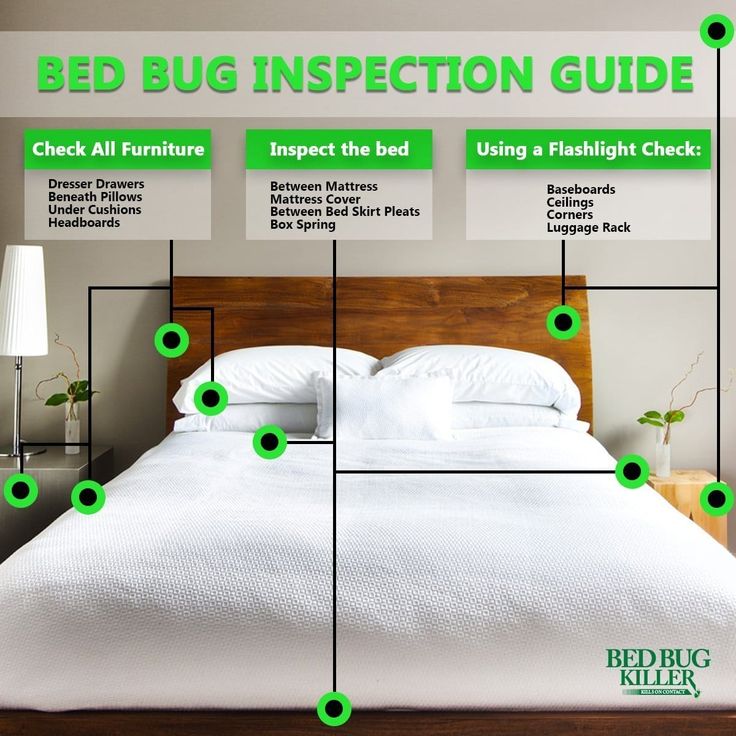 Ratchet straps are best used on the cargo racks, and will compress the ATV’s suspension while you crank them down. If you don’t have ratchet straps, make sure you’re pulling down on the ATV while tying to compress the suspension. This is a job best done by two people.
Ratchet straps are best used on the cargo racks, and will compress the ATV’s suspension while you crank them down. If you don’t have ratchet straps, make sure you’re pulling down on the ATV while tying to compress the suspension. This is a job best done by two people.When unloading your ATV, simply follow this process in reverse. Again, it’s important you take it slow while backing your four-wheeler down the ramp in reverse—too fast and you may lose control of the quad. It doesn’t take much for a top-heavy ATV to flip up and over due to a misaligned ramp or an abrupt stop midway down the ramp. Ride the brakes if needed, and always wear a high-quality helmet. It can help to have a spotter on hand to give you directions, especially when unloading.
Follow these instructions and you’ll have no problem getting your four-wheeler into your truck and ready for transport to your favorite trail or campsite!
Article content
Hello everyone! Today is a rather unusual, but at the same time quite relevant topic.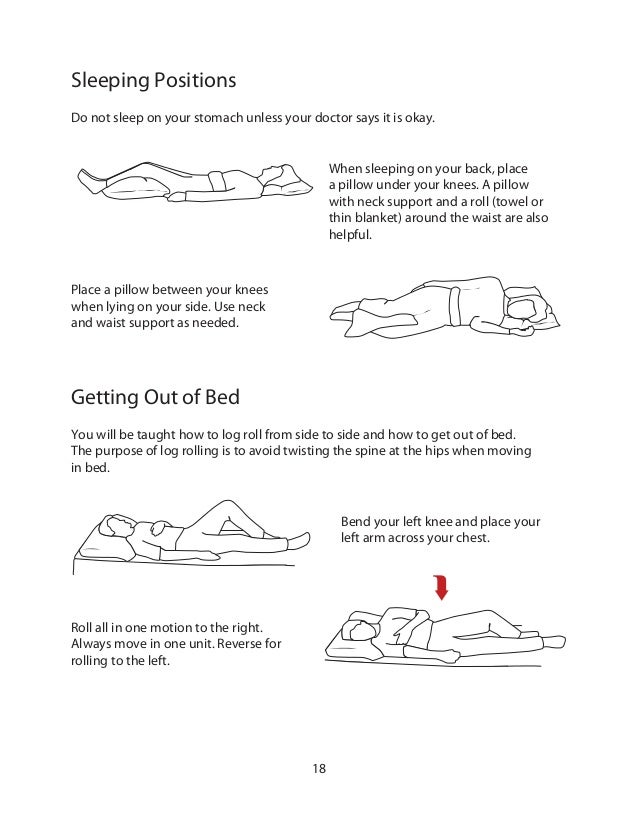 We will talk about how the ATV is transported. What methods of transportation are generally available, and which one is better to choose.
We will talk about how the ATV is transported. What methods of transportation are generally available, and which one is better to choose.
In principle, the same advice can be applied to snowmobiles. Let's try to choose the best of the presented options together. If I do not voice all the transportation methods that you know, be sure to share in the comments.
Situations are very different. When a person decides to buy an ATV, he should think about how he will transport it to the place for rides. And here I want to remind you about one very useful material, where we are talking about the rights to an ATV. Follow the links and read. For future owners of ATVs, the article will definitely be relevant.
One needs to transport one ATV a short distance. Others deliver them in Russia, or, for example, along the route St. Petersburg-Moscow-Yekaterinburg. Don't ask why. Since a person needs to deliver equipment, it is necessary to look for solutions. And not to understand why and why.
This is really important when choosing the best way to ship your ATV. Here, the dimensions of equipment, their condition (used or new) and a number of other characteristics are no longer in the first place.
In fact, all the presented methods can be divided into 2 large groups.
Let's take a look at how ATVs can be transported and what is required. The price of delivery directly depends on the method and distance.
The price of delivery directly depends on the method and distance.
The services of transport companies are usually used when it is required to deliver equipment over a long distance. This is the sale or purchase of an ATV, for which sometimes it makes no sense to go by private transport.
Freight carriers specialize in different types of delivery. And for such equipment as an ATV, they will find their options. Namely:
The main task of the client is to find a suitable contractor. The transport company assumes all obligations for delivery. They draw up documents and carry out customs clearance procedures if the ATV is imported or exported outside the country.
The indisputable advantage of transport companies is the full support of delivery. But the price of such a service is not the smallest. Much depends on whether the vehicle will be delivered as part of general or groupage cargo.
But the price of such a service is not the smallest. Much depends on whether the vehicle will be delivered as part of general or groupage cargo.
Many people think that the best way to transport an ATV is to use your own car. If the vehicle can fit in a minibus or pickup truck, they have nothing against it.
All you have to do is load up your ATV, mount it in your car and go wherever you want. At the same time, not all cars make it possible to transport equipment so impressive in size. Because of this, there are a number of limitations. You will not disassemble the ATV for parts in order to place it piece by piece in the trunk and in the cabin of your sedan or station wagon. Therefore, a lot depends on what kind of car you have.
If you have a personal commercial vehicle, then it will not be difficult to transport an ATV on a Gazelle or similar vehicles. The main thing here is to perform loading in accordance with the requirements, as well as securely fix the vehicle in the back of a truck or semi-truck.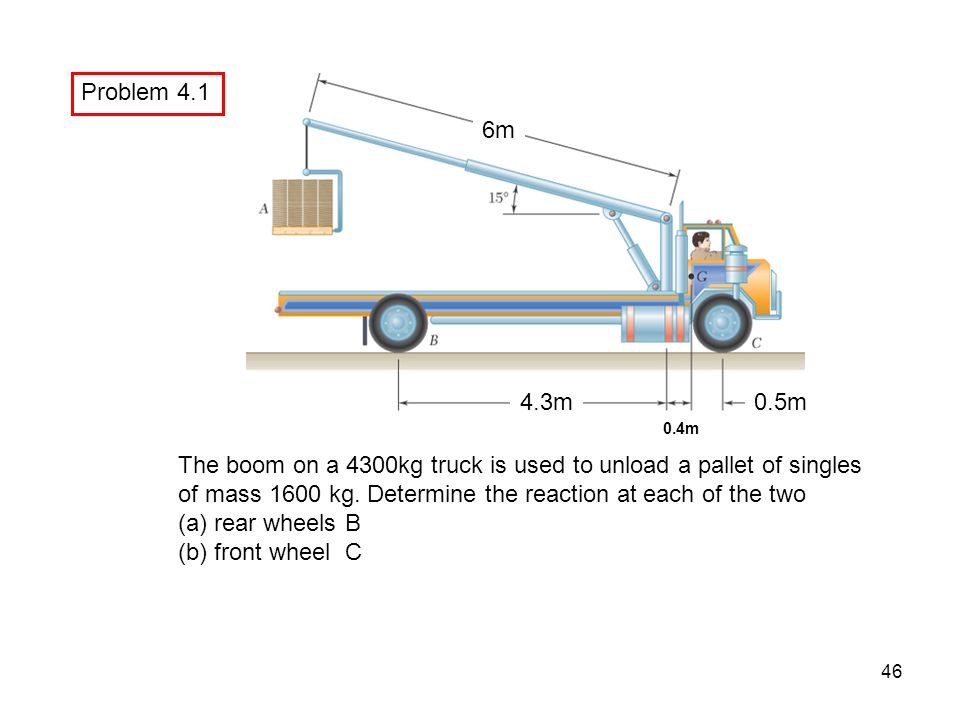
But let's be objective. It is not always possible to occupy the entire trunk of ATVs and not on all cars. To do this, you need special cars with impressive luggage space. And you yourself know that the number of the same pickups in our country is very limited.
Another option where you will need to ask for help from the relevant firms. Or maybe you are lucky, and you will be familiar with a suitable mode of transport.
The idea is to load your ATV onto a tow truck or into commercial vehicles like trucks and semi-trucks. Now there are a huge number of offers for cargo transportation from individuals. And there are at least a few evacuation services in a medium and large city. Turning to them, you can quickly load and transport equipment to where you need it.
The method seems to be good. But there are some nuances.
 But if you need to transport constantly and over long distances, then the prices are completely different. On an ongoing basis, this option is hardly worth considering;
But if you need to transport constantly and over long distances, then the prices are completely different. On an ongoing basis, this option is hardly worth considering; And here we can say that the option is not the best.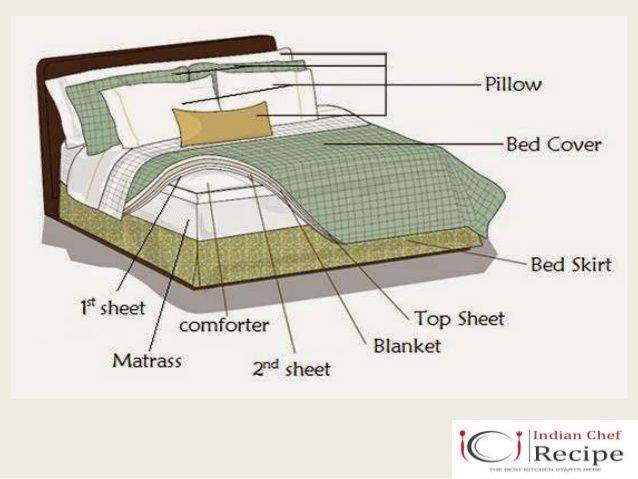 There are some benefits. But this method is better to use for one-time transportation and for a short distance.
There are some benefits. But this method is better to use for one-time transportation and for a short distance.
Despite the large selection of other options, trailer transport remains the most optimal and practical. Using a light trailer, you can deliver both a children's and an adult ATV to any distance and to any point at a time that suits you.
There are no problems at all with the transportation of quadrics for children. Many models fit easily into a regular trunk or passenger compartment. And already adult ATVs require a full-fledged loading area.
At the same time, you should carefully choose a trailer for an ATV, starting from a number of characteristics. Here you will find a link to our previous material.
When choosing a trailer, the question arises - do it yourself or buy a finished structure. I would highlight several main options:
 But here you have to look for drawings, do welding, etc. And the most difficult thing is further registration;
But here you have to look for drawings, do welding, etc. And the most difficult thing is further registration; So it turns out that objectively the best solution for transporting an ATV is an ordinary light trailer. With it, everything is simple, they are not very expensive, but they allow you to perform a number of additional functions. The possibilities of the car for cargo transportation are expanding.
The possibilities of the car for cargo transportation are expanding.
Decide for yourself what to choose. If you have your own options, be sure to share your opinion in the comments.
That's all for me. Thank you all for your attention, subscribe, ask questions and tell your friends about us!
Watch this video on YouTube
ATV riding techniques could be the subject of a full book. In the same article, we want to reveal to you the basics of safe riding. At first glance, there is nothing complicated in driving ATVs - you just need to steer and enjoy riding.
When driving over bumps, for example, those of the "wave" type, the driver must constantly change his position. So, when approaching an obstacle, you must shift your body back, otherwise you can hit the obstacle with your wheels. When driving over a bump, you need to move the body back forward, thus preventing excessive separation of the front wheels, i. e. rearing up the ATV. Then, when the rear wheels come off the ground, you need to move back again, otherwise you can fall out of the saddle, hitting your knees on the steering wheel.
e. rearing up the ATV. Then, when the rear wheels come off the ground, you need to move back again, otherwise you can fall out of the saddle, hitting your knees on the steering wheel.
Moving in a straight line at low speeds (up to 40 km/h), you can afford to relax. But at higher speeds or when passing sharp turns and slopes, the driver must move very actively. Indeed, due to the high center of gravity, short wheelbase and small width, ATVs are very prone to rollovers. In addition, if the motorcycle flies separately from the motorcyclist during falls, then the ATV most often covers the driver. Therefore, in order for ATV riding not to end with serious injuries, it is necessary to study the driving rules and strictly follow them.
Indeed, due to the high center of gravity, short wheelbase and small width, ATVs are very prone to rollovers. In addition, if the motorcycle flies separately from the motorcyclist during falls, then the ATV most often covers the driver. Therefore, in order for ATV riding not to end with serious injuries, it is necessary to study the driving rules and strictly follow them.
ATV rider's weight is an important factor that affects machine handling. By shifting their weight, the driver can unload or load the front or rear of the ATV, thus compensating for centrifugal forces.
The first rule you need to learn is that when riding an ATV, you need to relax your arms. When driving, the driver can always let go of his hands, because his legs are holding him in the saddle. As the speed increases, the load on the legs also increases.
Conventionally, three racks are distinguished. The middle stance is used when driving in a straight line without turning. When opening the gas, the body must be moved forward to unload the hands. Thus, the front strut is obtained. When braking and closing the gas, the body, on the contrary, must be moved back, i.e. take a back seat. By the way, the word "stand" comes from the word "stand", and this name is not accidental. When actively riding an ATV, you do not have to sit. Standing on an ATV lowers your center of gravity. After all, there is a huge difference between the weight on a high saddle and the weight on the footrests. And the effect of moving the body in a standing position is much greater than from fidgeting back and forth on the saddle.
When opening the gas, the body must be moved forward to unload the hands. Thus, the front strut is obtained. When braking and closing the gas, the body, on the contrary, must be moved back, i.e. take a back seat. By the way, the word "stand" comes from the word "stand", and this name is not accidental. When actively riding an ATV, you do not have to sit. Standing on an ATV lowers your center of gravity. After all, there is a huge difference between the weight on a high saddle and the weight on the footrests. And the effect of moving the body in a standing position is much greater than from fidgeting back and forth on the saddle.
When going through a turn on a motorcycle, it is tilted inward, thus struggling with centrifugal force. But you can't do that with a quad bike. Therefore, it is necessary to use the weight of the driver. The main rule here is to always transfer the weight inside the turn. Moreover, it is necessary not only to tilt your shoulders. It is necessary to hang the entire body, including the fifth point. Only the shin and knee hold on to the saddle. Of course, if you turn at minimum speed, then you can limit yourself to turning the steering wheel.
It is necessary to hang the entire body, including the fifth point. Only the shin and knee hold on to the saddle. Of course, if you turn at minimum speed, then you can limit yourself to turning the steering wheel.
The correct stance is characterized by slightly bent knees, elbows set apart, and a slightly arched and relaxed back. Why not stand on straight legs or keep your back straight and tense? Because bent knees allow you to absorb shock coming from uneven terrain. By the way, the force of these blows is sometimes quite enough to knock the driver out of the saddle. A straight tense back under such conditions can lead to injury to the intervertebral discs and even a compression fracture of the spine. Yes, and the internal organs with the wrong fit will have a hard time.
Active ATV riding requires good physical shape. So, in quad schools, the duration of the lesson does not exceed an hour, and at the end of the lesson, students can literally be squeezed out. And riding an ATV off-road is also an activity worthy of training in the gym.
And riding an ATV off-road is also an activity worthy of training in the gym.
When riding non-sport ATVs, it is best to avoid jumping. Firstly, this way you can break the ATV. Secondly, in order to safely perform such tricks, the ATV motor must have high-torque and fast response to the throttle. If, nevertheless, the jump could not be avoided, then it is necessary to land in the middle stance, but be ready to move to the back. When the wheels touch the ground, you need to slightly open the gas. It is better not to use four-wheel drive when jumping.
Every time you ride an ATV, you need to practice looking into the distance. This is necessary to develop the habit of evaluating the trajectory of movement in advance. Beginners often do not have time to track the road, and at some point they are not ready to perform adequate actions. And another, very predictable obstacle, can become a problem for them.
| When moving along a slope, it is necessary to move the body in the direction opposite to the slope.
|
Before you start climbing, you need to pick up speed. Then the resulting inertia will allow you to smoothly drive into the steepness. If you suddenly open the gas directly on the rise, the ATV may tip over. Climbing should be in the most forward stance and on medium gas. If the incline is too steep, the ATV may roll backward when the throttle is released. In this case, you should not brake with the front axle, not the rear. If the ATV starts to roll over, you can try to jump to the side, but this acrobatic stunt is unlikely to be successful.